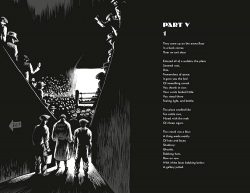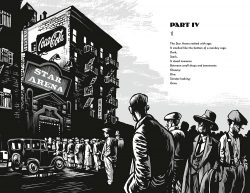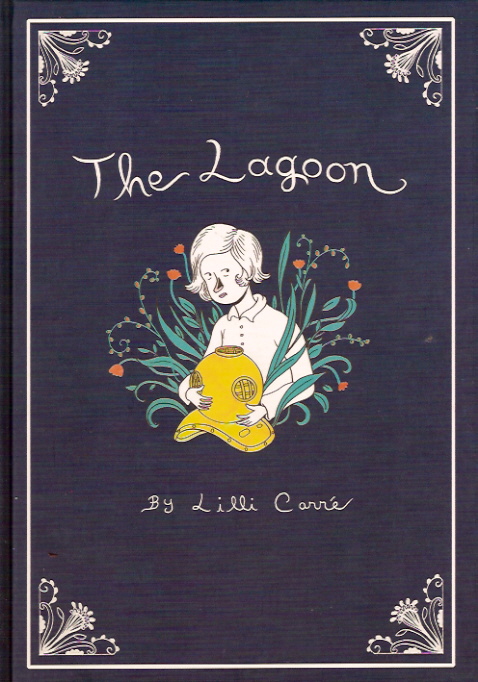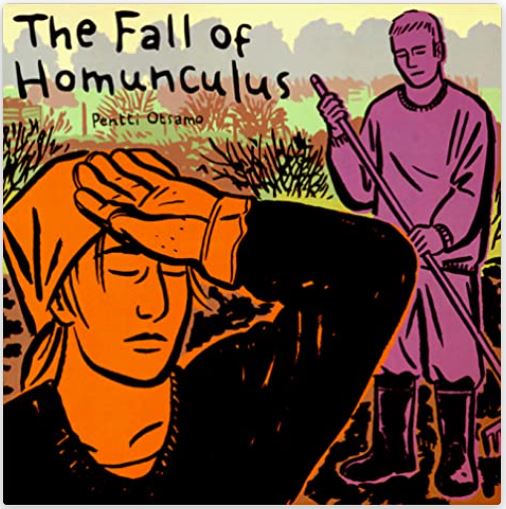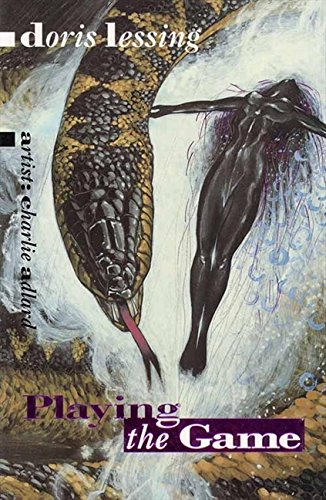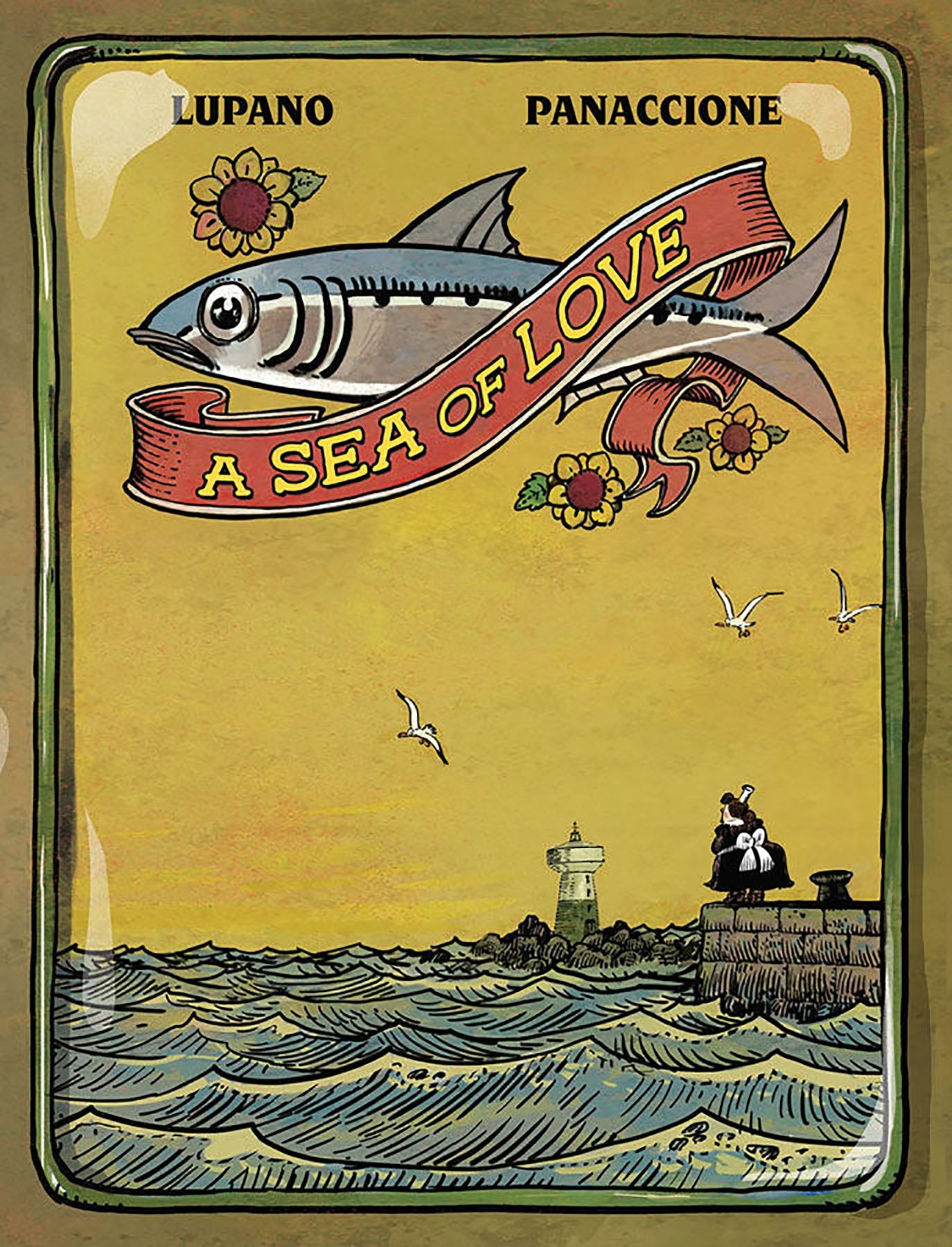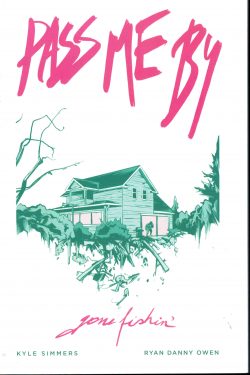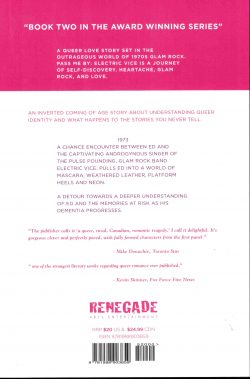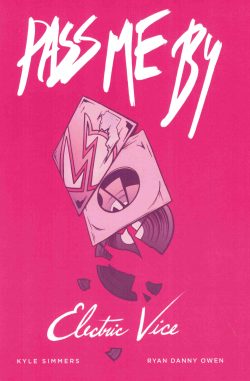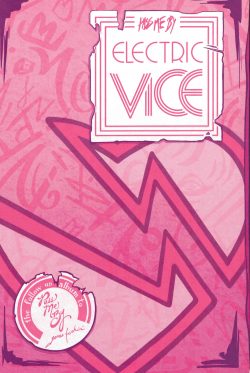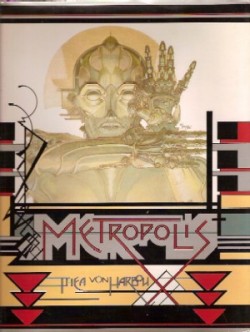
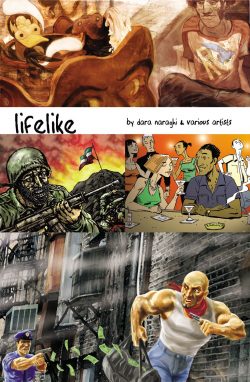
By Dara Naraghi & various (IDW)
ISBN: 978-1-60010-122-9 (HB) 978-1-60010-286 8 (TPB)
We do it for fame, we do it for fortune (or at least to pay bills), we do it for fun and the very best of us make comics because we absolutely have to. Every story we hear, every event we see provokes the reaction “how would I break that down into panels? How many on a page?†All data – from shopping lists to bad TV – is taken in, panned like gold nuggets through an internal grid and then we worry about how we’ll draw that damn thing one day…
All creative people are a little bit chained to their art-form, and Dara Naraghi apparently more so than most. As well as his own celebrated BigCityBlues and Persia Blues comics, he keeps busy adapting licensed properties such as Robert Patterson’s Witch & Wizard novels, Terminator: Salvation, It! The Terror From Beyond Space and Ghostbusters into graphics narrative form, writing for DC, Image and IDW whilst running his own publishing house Ferret Press. He also scripts (and occasionally draws) utterly sublime tales covering every aspect of the human experience from wild fantasy to chilling slice-of-life in a splendid series of webcomic features.
Wonderfully expansive in narrative scope and illustrated by an astounding gathering of talented artisans, an exemplary bunch of these brief delights was compiled into a fabulous compilation. Every yarn in this anthology comes from the webcomic and are written (and lettered) by Naraghi, complete with commentary and context on the illustrators interpreting each piece.
The wonderment begins with ‘The Long Journey’ illustrated by Irapuan Luiz, following the dramatic escape of a disillusioned Iranian soldier determined to leave the Iran-Iraq War behind him forever. Naraghi is Iranian (born in Tehran in 1971) and his own journey to the west would make pretty interesting reading, although probably without the telling sting in the tale embedded here…
‘Imaginarians’ – winningly crafted by award winning Tom Williams – takes a barbed look at how the media deals with artists on the promo circuit, whilst equally lauded Marvin Mann’s atmospheric ‘Double Cross at the Double Down’ proves that even if crime doesn’t pay, stories about it certainly do.
Rendered by Neil Errar, ‘Art/Life’ is a feel-good fable about a comics creator we all concur with, and Jerry Lange’s moody, misty paint-and-Paintbox (showing my digital age there) treatment examines the exquisite pain of unconditional love lost with ‘Remembrance’, after which Stephen Spenser Ledford opts for monochrome ink washes to recount a particularly trenchant tale of crime and ‘Punishment.’
Sex and booze and rock ‘n’ roll form the basis of cheeky dating vignette ‘Intermission’, illustrated by Andy Bennett, whilst Jerry Lange’s watercolour expertise displays a different arena for the relationship dance in ‘Crush’ and Tim McClurg’s ‘Comeback’ describes a meteoric fall from stardom for one has-been actor.
Marvin Mann displays his artistic versatility in ‘Smoke Break’: a heart-warming peek at modern life and ‘The Routine’ by Steve Black touchingly reminds us that even small victories count in our work-a-day world, whereas the stunning drawing of Adrian Barbu’s gritty thriller ‘Rooftop Philosophy’ adds acres of edge to a dark tale of criminal Darwinism. Tom Williams then astounds again with ‘Skin Deep’, a charming semi-autobiographical shaggy-dog story before our pictorial programme ends on a heartwarming high note in‘Repair’ as Shom Bhuiya treats us to a view of the common man at his very best…
The 14 tales assembled in Lifelike demonstrate the sheer breadth and depth that comics can and should cover: a book that opens up all of human experience and imagination to the cartoonist’s particular skills and insights. Now it’s up to the rest of us to respond and react…
Created and © 2007 Dara Naraghi. All artwork © 2007 by its respective artist. © 2007 Idea and Design Workshop. All Rights Reserved.

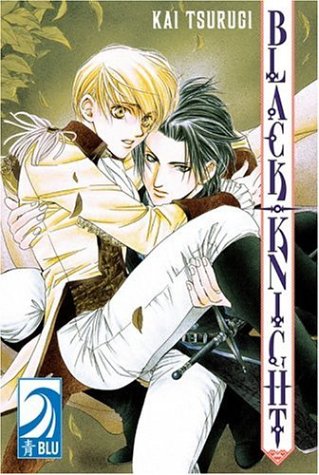
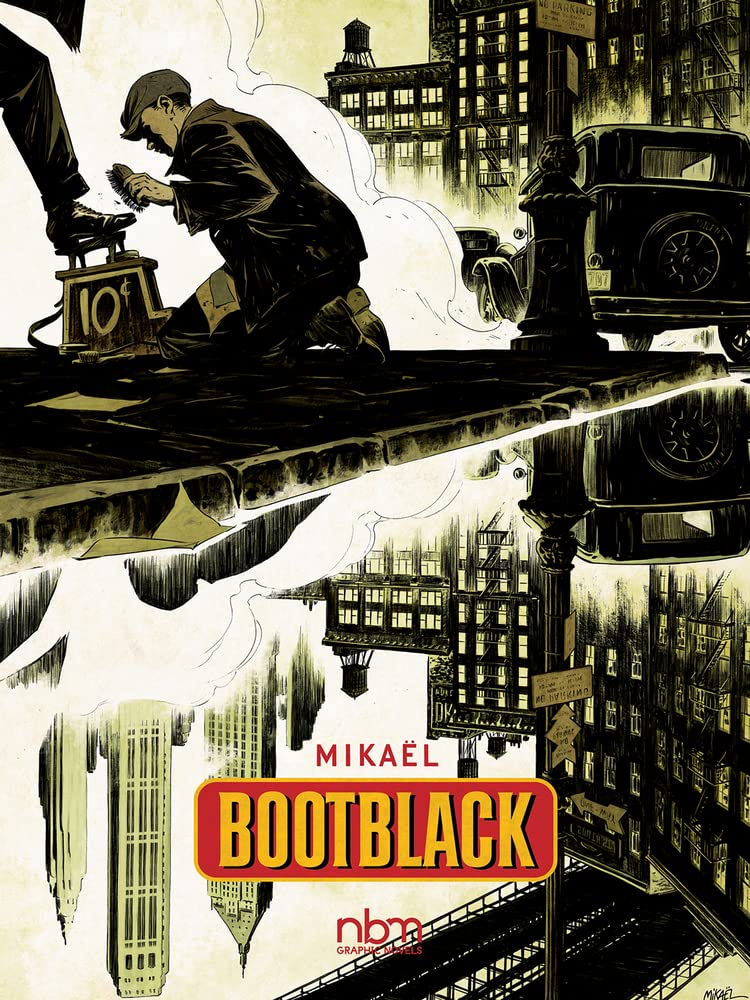
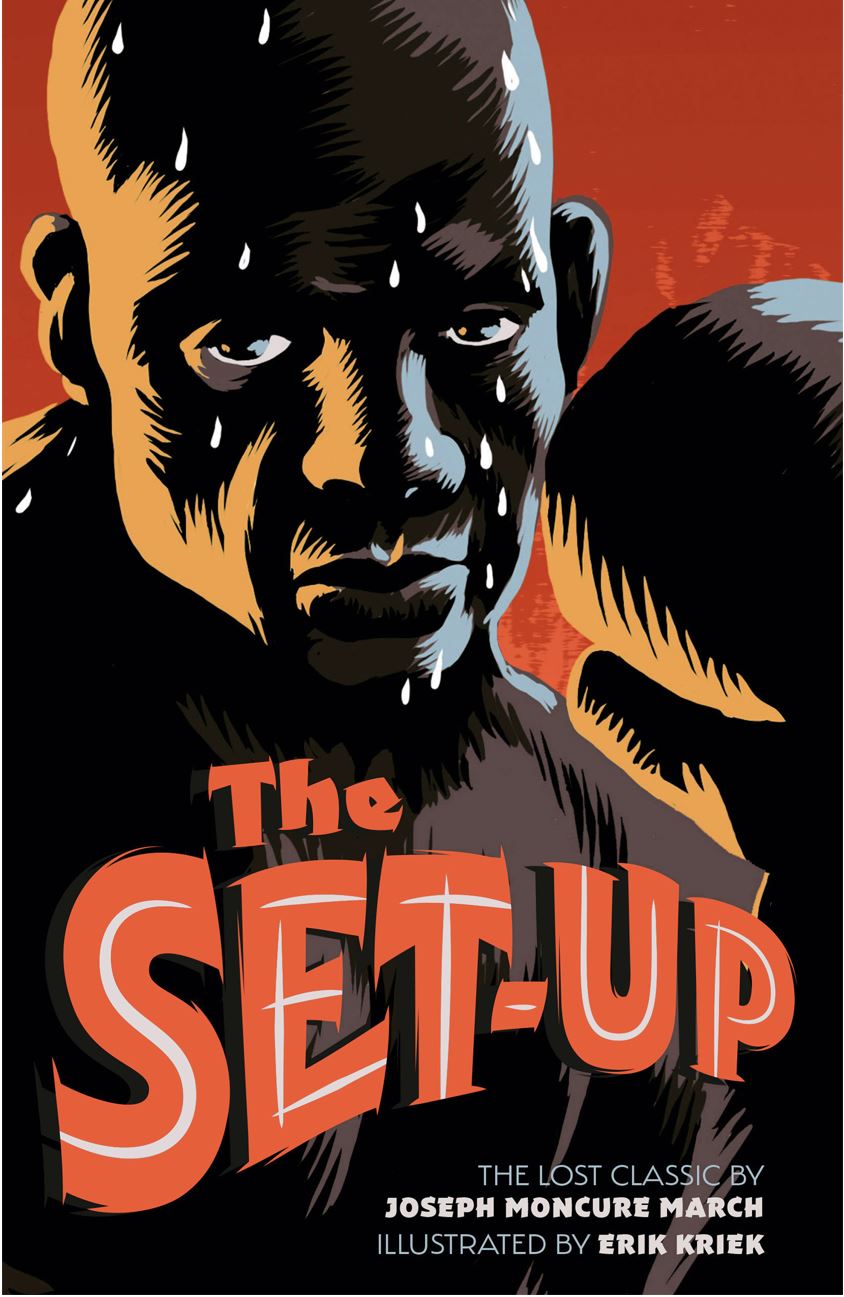 By
By 